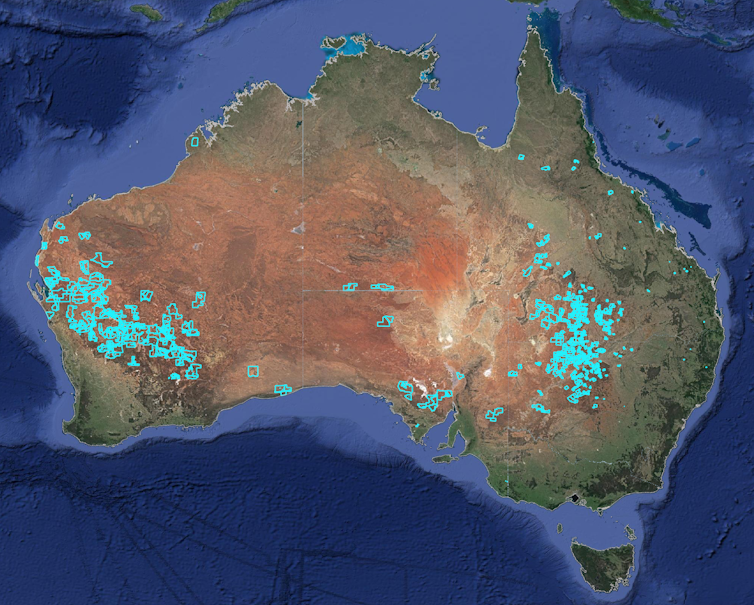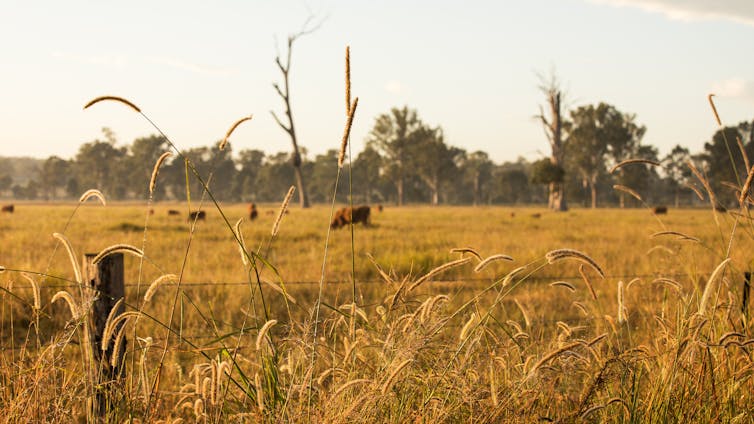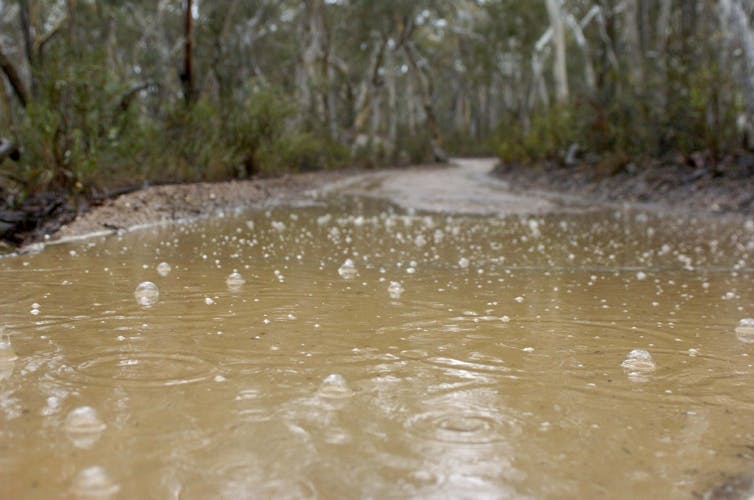Source: The Conversation (Au and NZ) – By Andrew Macintosh, Professor and Director of Research, ANU Law School, Australian National University

Shutterstock
The federal government has launched an independent review of Australia’s central climate policy, the Emissions Reduction Fund, after we and others raised serious concerns about its integrity.
The review will examine, among other issues, whether several ways of earning credits under the scheme lead to genuine emissions reductions.
One method singled out for scrutiny involves regrowing native forests to store carbon from the atmosphere.
Our new analysis suggests the vast majority of carbon storage credited under this method either has not occurred, or would have occurred anyway. Here we explain why.

Steven Saphore/AAP
The background
The Emissions Reduction Fund provides carbon credits to projects that reduce greenhouse gas emissions. For the past decade, it has been the centrepiece of Australia’s climate policy.
Under the fund, projects that reduce emissions receive carbon credits that can be sold to the federal government and private entities that are required, or choose to, offset their emissions.
We are experts in environmental law, markets and policy. The lead author of this article, Andrew Macintosh, is the former chair of the Emissions Reduction Assurance Committee, the government-appointed watchdog that oversees the Emissions Reduction Fund’s methods.
Earlier this year, we went public with details of serious integrity issues in the scheme. One main concern involves a method known as “human-induced regeneration of a permanent even-aged native forest”.
This method accounts for almost 30% of the carbon credits that have been issued, roughly 30% of registered projects, and more than 50% of carbon credits contracted for sale to the federal government.

Shutterstock
Problems with the method
Under the method, landholders get credits for regenerating native forests by changing the way they manage their properties.
When the method was created, it was assumed projects would be located in areas where vegetation had previously been cleared, and where grazing and repeated clearing were suppressing regrowth.
But most projects have been located in parts of Australia’s arid and semi-arid rangelands where native vegetation has never been cleared (because it is not economic to do so).
There are two main problems with the method and how it’s been applied. We outline these below.
Read more:
Climate change is white colonisation of the atmosphere. It’s time to tackle this entrenched racism

https://data.gov.au/data/dataset/erf_project_mapping
Problem 1: trees existed before projects began
First, data published by the regulator shows proponents have been allowed to include a substantial number of mature trees in the areas for which they receive carbon credits. This has led to substantial over-crediting – in simple terms, the carbon abatement is not real.
So how has this occurred?
Under the method, proponents do not have to measure tree growth – they estimate it using a model.
The model assumes all trees in the forest begin regenerating at the same time when the project activities start. The modelled tree growth starts slowly, then accelerates to peak when the forest is young and vigorous. It then slows as the expanding trees compete with each other.
The model cannot be validly applied to estimate tree growth in areas where substantial numbers of pre-existing mature trees exist. But this is what’s happening.
As a consequence, proponents are being issued credits for growing trees that were already there when the projects started.

Shutterstock
Problem 2: rain is making trees grow, not the project activities
The method is based on the premise that changes in land management are necessary to regenerate the forests. But our analysis shows that, where trees are regenerating, it is due mainly to rainfall.
Almost all current projects seek to regenerate forests by reducing grazing pressure. For this to make sense, grazing would need to be responsible for dramatically reducing the prevalence of trees in the rangelands. It would also have to be possible to regenerate these “lost” forests by reducing grazing pressure. Neither of these are true.
For more than 30 years, there has been a heated debate in ecological and natural resource management circles about the causes of “woody thickening” (or increasing density of native trees and shrubs) in grazing areas. The two dominant, competing hypothesis are that woody thickening is:
-
caused by grazing and an accompanying reduction in vegetation burning
-
a cyclical phenomena in which vegetation slowly accumulates over time, especially following runs of wet years, until a drought causes woody plant cover to stabilise or decline.
There’s no material evidence or support for the notion that grazing alone (in the absence of clearing) has significantly reduced tree cover over vast areas of the rangelands.
In fact, every year, between 200,000 and 400,000 hectares of land cleared for grazing is re-cleared. This demonstrates that grazing is rarely sufficient on its own to stop regrowth without mechanical or chemical interventions to kill trees.

Alan Porritt/AAP
Restoring integrity
Regeneration of native forests in cleared areas is a valid and desirable way to reduce emissions and generate carbon credits.
But the human-induced regeneration method is deeply flawed. It has led to credits being issued for tree growth that is not real, or would have occurred anyway.
The review, to be led by former chief scientist Ian Chubb, is a chance to restore integrity to this method and ensure that credits are only issued for legitimate regeneration projects.
Because as climate change worsens, Australians need to know our most important climate policy is both value for money, and delivering real environmental gains.
The Clean Energy Regulator, which operates the Emissions Reduction Fund, did not respond to The Conversation’s request for comment on the authors’ claims. However in a previous statement it said:
Prof Macintosh and his colleagues have not engaged with the substance of the ERAC’s comprehensive response papers on human induced regeneration … The government has said it will undertake a review of the ERF and details will be announced shortly. We do not wish to pre-empt the scope of the review or its findings. We welcome the review and look forward to engaging substantively with the review process once it commences.
![]()
Andrew Macintosh is a Director of Paraway Pastoral Co. Ltd, a pastoral company that undertakes projects under the Emissions Reduction Fund.
Don Butler receives funding from the federal Department of Agriculture, Water and the Environment. He also works with the Queensland Department of Environment and Science as a science advisor for natural capital programs..
Megan C Evans receives funding from the Australian Research Council through a Discovery Early Career Research Award and has previously been funded by the Department of Agriculture, Water and the Environment, WWF Australia, and the National Environmental Science Program’s Threatened Species Recovery Hub.
– ref. Australia’s central climate policy pays people to grow trees that already existed. Taxpayers – and the environment – deserve better – https://theconversation.com/australias-central-climate-policy-pays-people-to-grow-trees-that-already-existed-taxpayers-and-the-environment-deserve-better-186900







